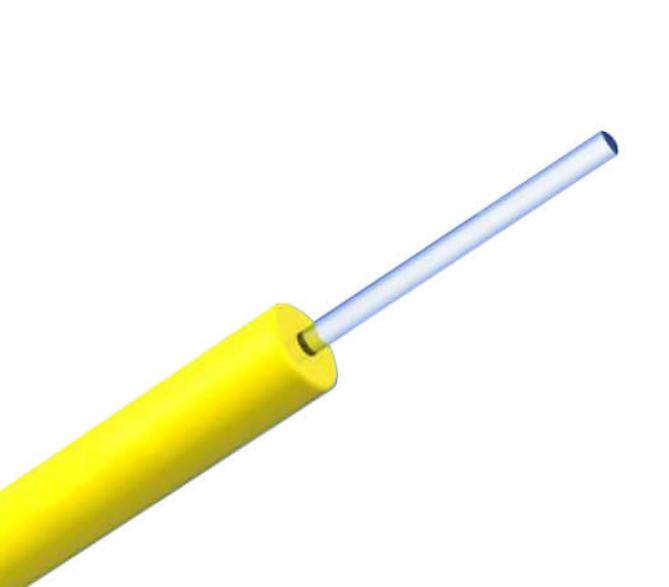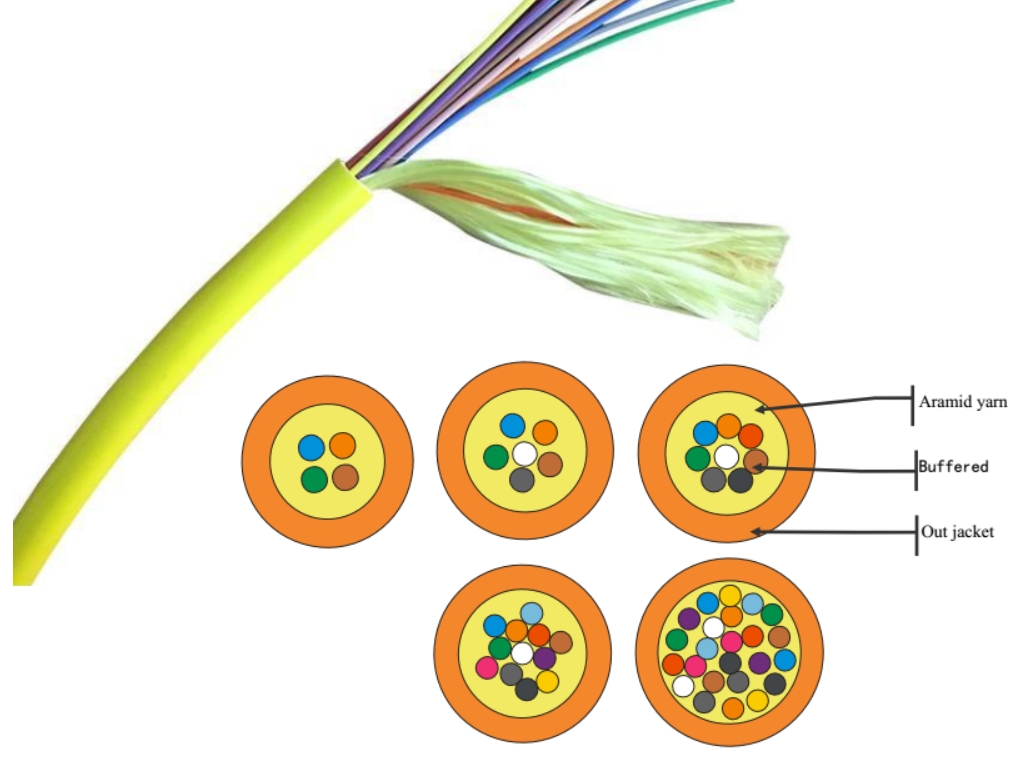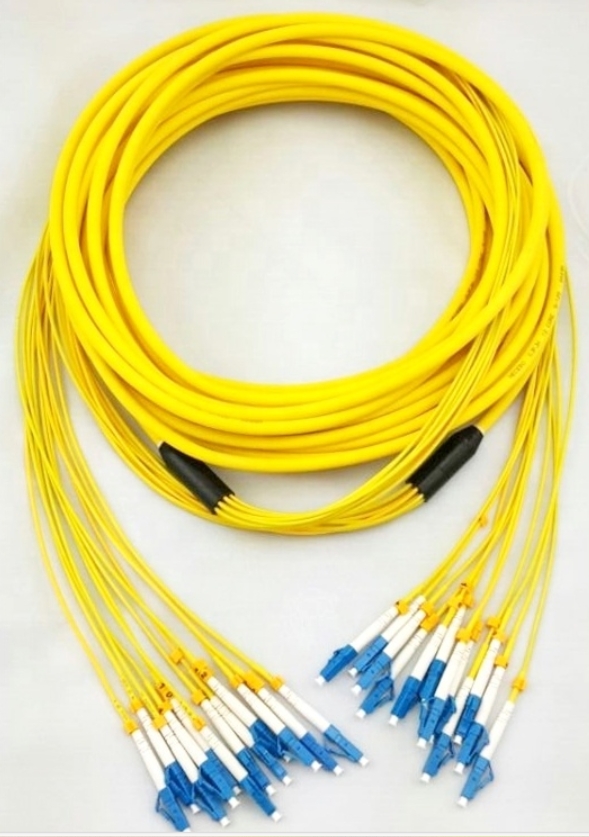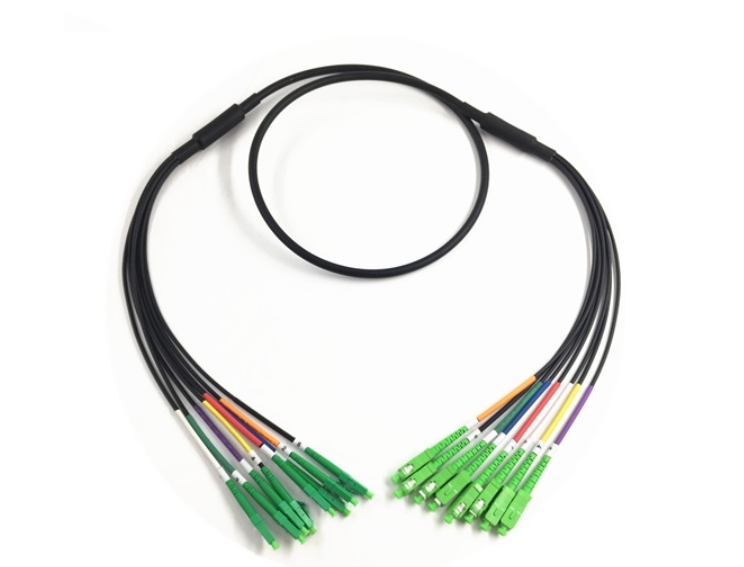How to Choose the Right Indoor Fiber Optic Cable?
How to Choose the Right Indoor Fiber Optic Cable?
Blog Article
Due to the special environment of indoor applications, indoor fiber optic cable must meet the requirements of international standards for toxicity, corrosiveness and low smoke. While maintaining very good flame retardancy, mechanical properties and optical transmission characteristics. The rise of fiber optic cables between floors in vertical systems, narrow space applications in communication cabinets in horizontal systems, fiber-to-desktop applications, and communication applications that fill space with high-pressure air all put forward different requirements for indoor optical cables. How to choose the right optical cable to meet the needs of different indoor applications?
Tightly Buffered Optical Cable- One Choice for Indoor Fiber Optic Cable

Tightly buffered optical fibers are combined with optical fibers to provide good mechanical protection. So that the optical fibers show good compression resistance and bending resistance when terminated. Tightly buffered optical fibers are easy to manage and protect, which improves the service life of optical fibers. Tightly buffered fibers have good moisture resistance. And the tight buffer layer can easily stripped to the fiber core. Tightly buffered optical fibers are compatible with all standard connectors. This operation simplifies the termination procedure and reduces the termination cost.
Compared with the loose tube cable design, the loose tube cable uses jell to buffer and moisture-proof the optical fiber. And jell is not fire-resistant. This is far from meeting the indoor fire safety requirements. Moreover, the flame spreads along the optical fiber cable. So that the damage to the optical fiber cable extends to the depth of the wall and deep into the pipe. During the installation process, a large amount of cleaning materials required. And a lot of cleaning time is spent on jell. At the same time, it is necessary to use splicing means, which greatly increases the material cost. The design of the tight buffered optical fiber indoor optical cable and the flame retardant or non-flammable sheath make the indoor fiber optic cable fully meet the requirements of indoor safety applications.
The outer protective materials used for indoor optical cables are PE, PVC, polyurethane, LSZH (low smoke zero halogen) materials, flame retardant LSZH, etc. Indoor optical fiber cables with different external protective materials can used in environments with different requirements. Therefore, indoor high-performance communication transmission applications generally use indoor optical cables with tight buffered optical fiber design.
Vertically rising fiber cable (riser) – One Choice for Indoor Fiber Optic Cable

Single-core, dual-core interconnection indoor optical cable – One Choice for Indoor Fiber Cable

Fiber Optic Cable for Plenum Environment (Plenum Room)- An Option for Indoor Fiber Cable

TOEM produces fiber optic indoor/outdoor cables, fiber optic distribution frames, fiber optic cable assemblies, etc. At the same time, it also produces optical transceiver modules, which can provide different packaging types, transmission distances and transmission rates, and also have the characteristics of stable performance and strong compatibility. Report this page